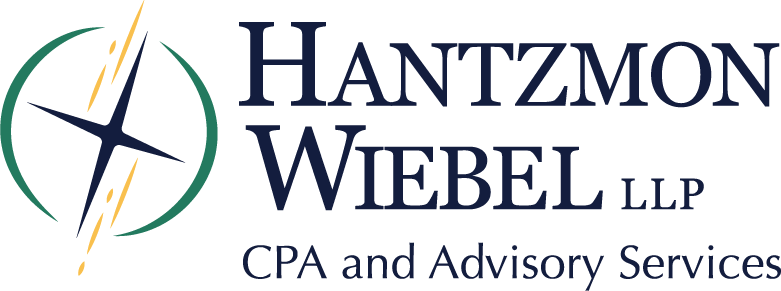Fraud negatively affects the value of your business. Potential buyers and investors are attracted to companies with strong anti-fraud programs aimed at both external attacks and employee fraud. Don’t let fraud stand in the way of a healthy post-pandemic recovery. Learn about the risk factors that have increased during recovery and the steps you can take to reduce your risks.
On the Rise
Just when you thought it was safe to let your guard down a little, the Association of Certified Fraud Examiners (ACFE) says the risk of fraud continues to increase.
In mid-June 2021, the ACFE released a report detailing the results of a poll taken at its annual global conference. The news was not good: Seventy-one percent of attendees, a group of anti-fraud professionals, expect the level of fraud impacting their organizations to increase over the next year. More than half said their organizations had uncovered more fraud since the onset of the pandemic, and about 20% indicated a significant increase in the amount of fraud detected.
Top Risks
The ACFE identified two top fraud risk factors in the coming year:
Shifts in business operations: Remote work has made it harder for companies to carefully control access to their networks, including their financial and accounting systems. For many, it was difficult to collect and issue payments, keep up with internal controls, and conduct audits in person during the pandemic, so oversight was loose. These risks continue.
Changing consumer behavior: Similarly, the increase in online transactions opened the door to fraudsters accessing business networks.
Given these risk factors, it’s no surprise that the types of fraud expected to rise include cyberfraud, such as business email compromise, hacking, ransomware, and malware; and social engineering, such as phishing, brandjacking, and baiting. In fact, more than 80% of the ACFE survey respondents are anticipating growth in these two fraud arenas.
Other notable areas of concern include identity crimes, such as identity theft, synthetic identity schemes, and account takeovers; unemployment fraud; and payment fraud such as credit card fraud and fraudulent mobile payments.
Anti-Fraud Measures
In response to fraud unease, a little over a third of organizations have increased their budgets for anti-fraud technology, and 80% have already implemented anti-fraud program changes. Enhanced fraud risk awareness tops the list of how to make anti-fraud programs more robust in the future, followed by increased collaboration across the organization. Updating or conducting a fraud risk assessment is also a commonly anticipated adjustment.
With several extremely expensive and debilitating ransomware attacks making recent headlines, executives are even more highly motivated to avoid virtual private network (VPN) and similar breaches. Best practices against them include the following:
Keeping software up to date. Antivirus software and operational software packages must be kept current. Regular software updates—sometimes ignored by harried executives—often contain security patches.
Using security alerts. A security package provides insight about network traffic, intrusion attempts, and anomalies. With employees working from home and portals available for suppliers and customers, companies are at risk for backdoor entry. Segmenting networks can reduce risk.
Watching emails. Don’t click links. Don’t open unknown attachments. Don’t respond to emails from an untrusted source. No matter how many times the company reminds employees to use smart email protocols, it’s never enough. Regular training is a must.
Changing passwords. Until there’s a stronger and universally adopted system for gaining access to networks and files, passwords are a necessary evil. Changing them regularly is inconvenient but mandatory. Also, consider two-factor authentication to augment your password security.
Next Steps
Our team can help you take the right steps to reduce the risks of fraud within your organization. Contact us today to learn more.
Contact Us
Disclaimer of Liability
Our firm provides the information in this article for general guidance only, and does not constitute the provision of legal advice, tax advice, accounting services, investment advice or professional consulting of any kind. The information provided herein should not be used as a substitute for consultation with professional tax, accounting, legal or other competent advisors. Before making any decision or taking any action, you should consult a professional advisor who has been provided with all pertinent facts relevant to your particular situation. Tax articles are not intended to be used, and cannot be used by any taxpayer, for the purpose of avoiding accuracy-related penalties that may be imposed on the taxpayer. The information is provided “as is,” with no assurance or guarantee of completeness, accuracy or timeliness of the information, and without warranty of any kind, express or implied, including but not limited to warranties of performance, merchantability and fitness for a particular purpose.
Blog
Nonprofit Insights

